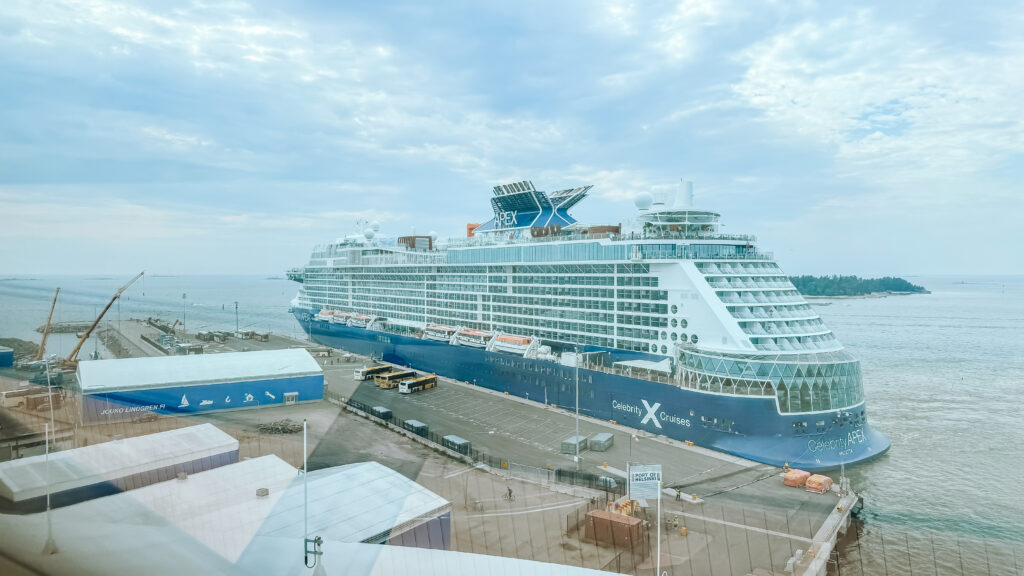What to Pack for a Cruise: 10 Things You Need
Packing for a cruise can be challenging because you not only have to pack light because cruise staterooms are small and account for the fact that your clothes should be wrinkle-resistant (no irons or steamers are allowed) but there are also some unique cruise essentials that people often just don’t think to bring. Of course, these are not essentials (okay, okay, so not really must-haves), but I promise you that bringing these things will enhance your cruise experience. These are items that I’ve learned through my extensive cruise experience that will make your cruise more fun and/or more convenient. Here are my top recommendations: 1. Rubber Ducks In cruise culture, hiding rubber ducks around the ship is a fun and delightful activity, and it’s one that my kiddo absolutely loves. Some cruisers go all out and make custom tags for their ducks, which is awesome and fun, but I usually take the lazy approach with this and just buy ducks in bulk and hide them around the ship without tags. Protip: There are “cruising ducks” Facebook pages for people who get really into this. Just search “cruising ducks,” and you’ll find them. This is where people take pics of the tagged ducks they find to connect with the person who hid them. If you’re like me and try to pack light, you can even buy mini ducks, which take up much less suitcase space and are easier to carry around the ship to hide. I’m also a big fan of these mini duck keychains, which are both unique and functional! Whatever their size, people always find joy in finding them. 2. Cruise Luggage Tags When you book a cruise, the cruise line will give you luggage tags as a PDF. If you’re going to check your luggage, you’ll need to print these tags out. Many cruisers simply print these out on basic paper, fold them, and staple or tape them to their bags, but I strongly discourage that because it’s super easy for those tags to get ripped off and torn in the handling process. Note that this applies to cruisers who check bags at embarkation. If you self-carry, these aren’t necessary. Related: Learn the pros and cons of checking bags versus carrying them on the ship. A great investment is to buy a multi-pack of cruise-specific plastic luggage tag holders designed for cruise line-provided luggage tags. I have used my tag holders for years and on dozens of cruises, and they’re still going strong. Royal Caribbean tags are a bit different—they’re longer and skinnier. Most of the other cruise line tags are generally the same size. I encourage not buying the Royal Caribbean specific tag holders, because the non-Royal Caribbean tags are tough to fit in them. However, when you buy the general luggage tag holders, you can easily fold the Royal Caribbean tags to fit. These little gadgets are cheap and convenient regardless of the type you buy. They are affixed to your bags with strong metal ties, and once it’s on your bag, they are not going anywhere. It’s important (if you check your bags) to ensure that your luggage tags are secure because if the tag gets ripped off your bag, the cruise line has to figure out who the bag belongs to, which likely means opening up your bag and digging around, which can be a mess, and delay delivery of your luggage. 3. Extension Cord This is probably the most crucial cruise essential, in my opinion. It’s really important when you’re taking a cruise that you bring an extension cord because many cruise staterooms have very few outlets.. sometimes just one. This is especially difficult for women, as we often have multiple hair appliances, plus you’ve got to charge your phone and other things. In addition, if you have multiple people sharing a stateroom, that compounds the issue. Having a multi-outlet charger allows you to plug into one plug and use multiple devices simultaneously. I use a few different non-surge extension cords for cruising, but this is one of my favorites because it has traditional plugs and USB and USB-C-specific ports. Another benefit of these extension cords is the extension factor. I’ve been on many cruise ships where there is no plug anywhere near the bedside (traditional outlet or USB). I use my phone as an alarm clock and sometimes like to check it throughout the night without having to get up out of bed and go look. Having an extension cord allows you to have better access to your phone. If it’s long enough, you can plug it in and extend it to your bedside. Surge and Non-surge Cord It’s important to note that most cruise lines will allow the use of an extension cord as long as it is non-surge. If it is a surge-protected cord, it’s considered a fire hazard and will be confiscated. If that happens, no worries—the cruise line will provide you with a claim check, and you can retrieve your cord at the end of your sailing. One notable exception is Royal Caribbean. Royal Caribbean forbids all extension cords, both surge and non-surge. That being said, I’ve sailed Royal Caribbean many times and only had my cord confiscated once (and I got it back later). 4. Power Bank As noted above, most cruise staterooms have few electric outlets and, often, none at all by the bed. That’s why a power bank is another must-have. A power bank is a great way for me to charge my phone at night and keep it close to me by the bed in situations where there aren’t outlets by the bed, or I don’t have a (non-surge) extension cord long enough to get from the outlet to the nightstand. Another huge benefit to a power bank is that I find that my cell phone battery zaps in foreign cruise ports. It just dies so fast, and I’m heavily dependent on my phone during port days, as I use it to get


